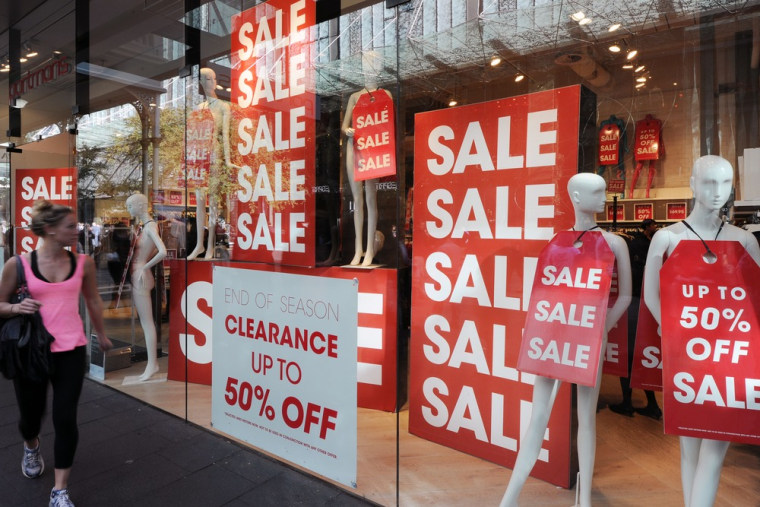Can a truthful advertising claim be misleading? The latest research into ads that use the “up to” claim indicates it is possible.
Companies like to advertise the best case scenarios. They’d be silly not to. That’s why the “up to” claim is such a popular advertising technique. These two little words are very big during the holiday shopping season.
An ad that says “Save up to 60 percent on all sweaters in stock!” is simple and straightforward. It would seem hard to misunderstand. There’s no hidden disclosure or fine print. The ad says every sweater in the store is on sale and some are 60 percent off.
But that’s not how a lot of shoppers would interpret this claim. They believe the ad says all or most of the sweaters are discounted 60 percent.
Why the confusion?
Manoj Hastak, a professor of marketing at American University, has done extensive research on how we process ads. He believes a lot of people simply gloss over the “up to” language. The actual words don’t seem to mean as much as the overall impression we get from the ad.
“Even if there are very clear statements or very clear disclosures in an ad, people process the ad as a whole,” Hastak said. “They don’t necessarily read everything in great detail. They don’t necessarily parse it completely.”
The Federal Trade Commission (FTC) wants to understand how people interpret “up to” claims so it can determine when the phrase is misleading. The FTC commissioned a study comparing the energy-saving claim for replacement home windows in similar print ads.
Ad No. 1 had the typical “up to” claim: “PROVEN TO SAVE UP TO 47% ON YOUR HEATING AND COOLING BILLS!” (The critical words were underlined in the test ad).
Ad No. 2 had the unqualified claim: “PROVEN TO SAVE 47% ON YOUR HEATING AND COOLING BILLS!”
Both ads made almost the same impression on the test subjects. With Ad No. 2, more than half the subjects (58 percent) said they would save “47 percent” if they bought the new windows. But surprisingly, nearly half (46 percent) believed Ad No. 1 said the new windows would save them “47 percent.” Only 26 percent of the subjects noted the “up to” qualifier.
When asked how many windows would deliver the promised results – few, some, most or all – a majority of the subjects (70 percent) said they’d expect most, all or almost all of the windows to provide that savings. Of course, the ad never claimed that.
“In this study, people didn’t think the words ‘up to’ qualified the claim at all,” noted the FTC’s Serena Viswanathan. “People look at the number that’s in the ad and that’s what they expect to get.”
Many times the words “up to” are in small letters and the savings is in big, bold type. But for this test, conducted by Hastak at American University, the entire claim was made in the same size and style font.
“I don’t think the issue is that people didn’t see the ‘up to’ claim,” he told me. “More likely, they are so jaded in seeing these claims all the time that they don’t see it as a qualifier.”
This research has important implications for both consumers and government regulators.
The Federal Trade Commission now takes the position that “up to” claims can sometimes be misleading. This summer, the commission notified window manufacturers of this and what they needed to do to avoid deceiving people.
“This study appears to support the notion that sellers should not be allowed to use “up to” claims,” said consumer advocate Edgar Dworsky, founder of ConsumerWorld.org.
He points out that Massachusetts prohibits “up to” advertising claims. The law there requires an advertiser to give both the smallest and largest discount available in equal size type, such as “Save 10 to 50%.” And at least 10-percent of the items on sale must be offered at the biggest discount advertised.
“That’s not a bad model for the other 49 states to follow,” Dworsky said.
The bottom line
Be careful when you see sale ads, especially as you race through the stores looking for super bargains. Look for the words “up to” and realize what it means: most items are not going to be discount that much. As always, it’s the walk-out-the door price and not the promised savings that counts.
Herb Weisbaum is The ConsumerMan. Follow him on Facebook and Twitteror visit The ConsumerMan website.
